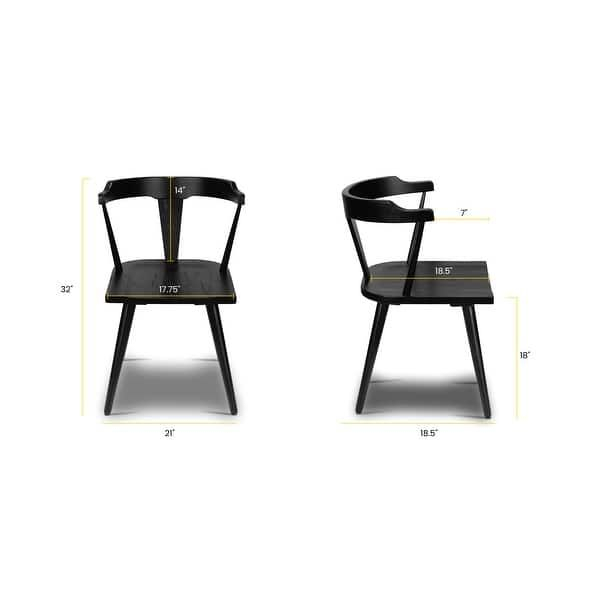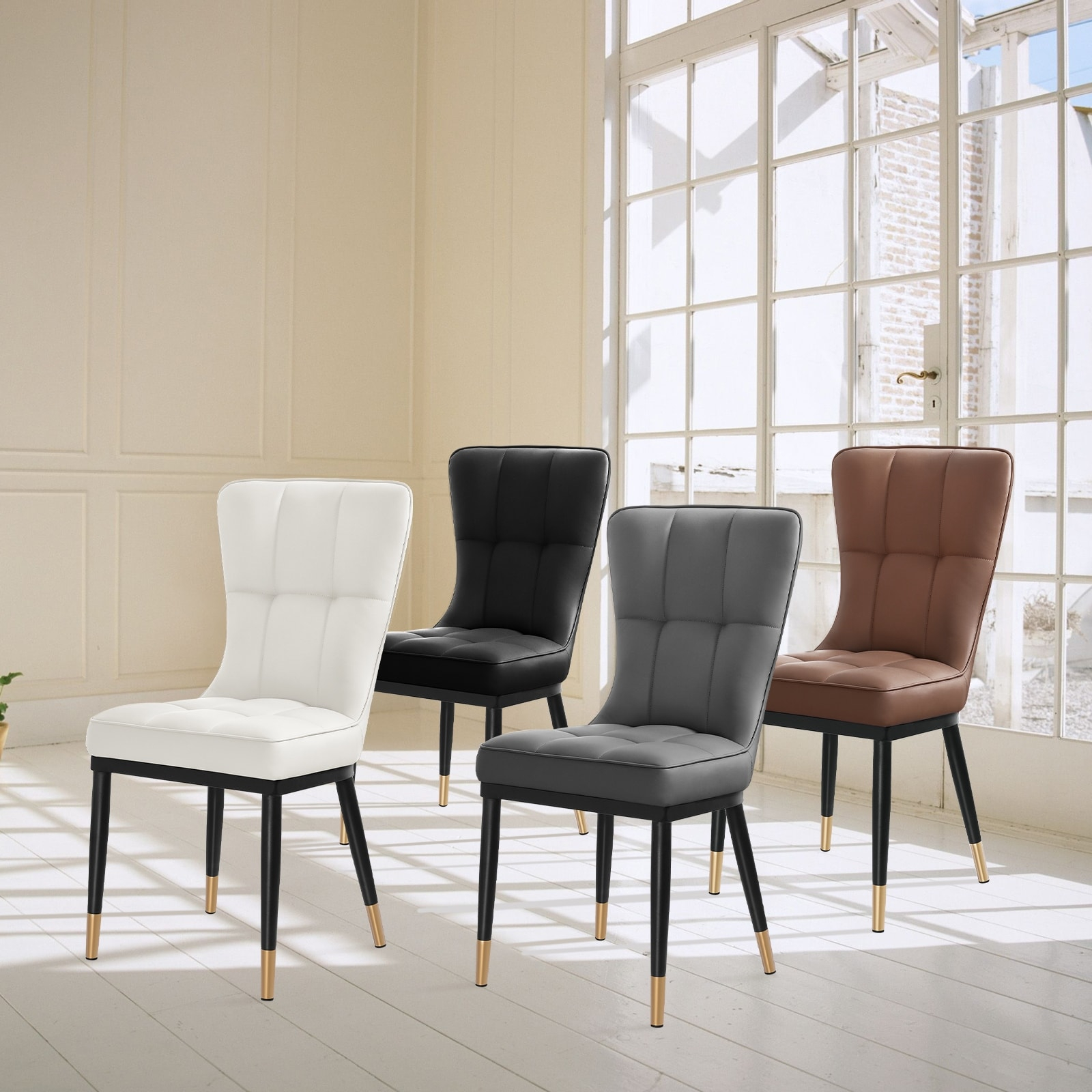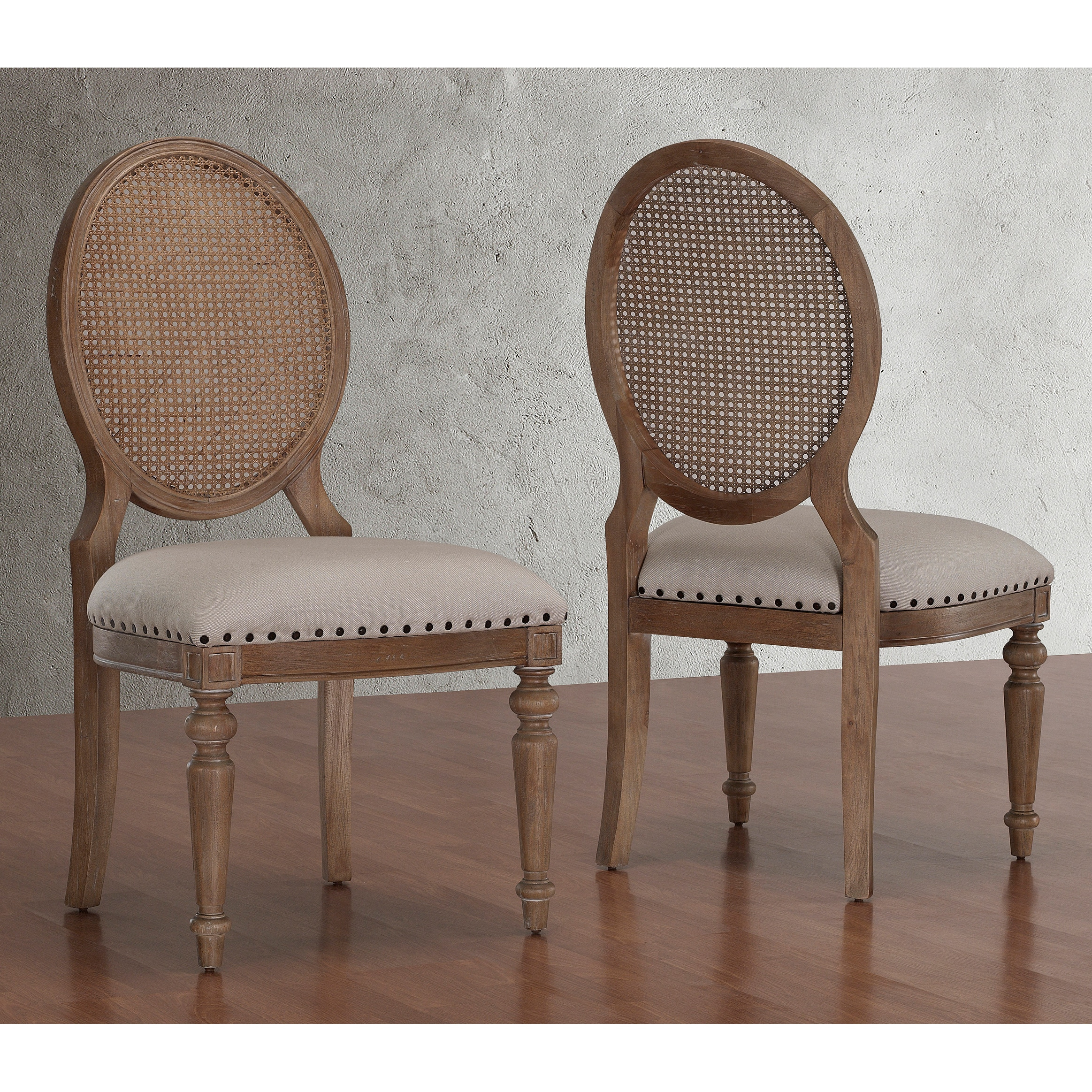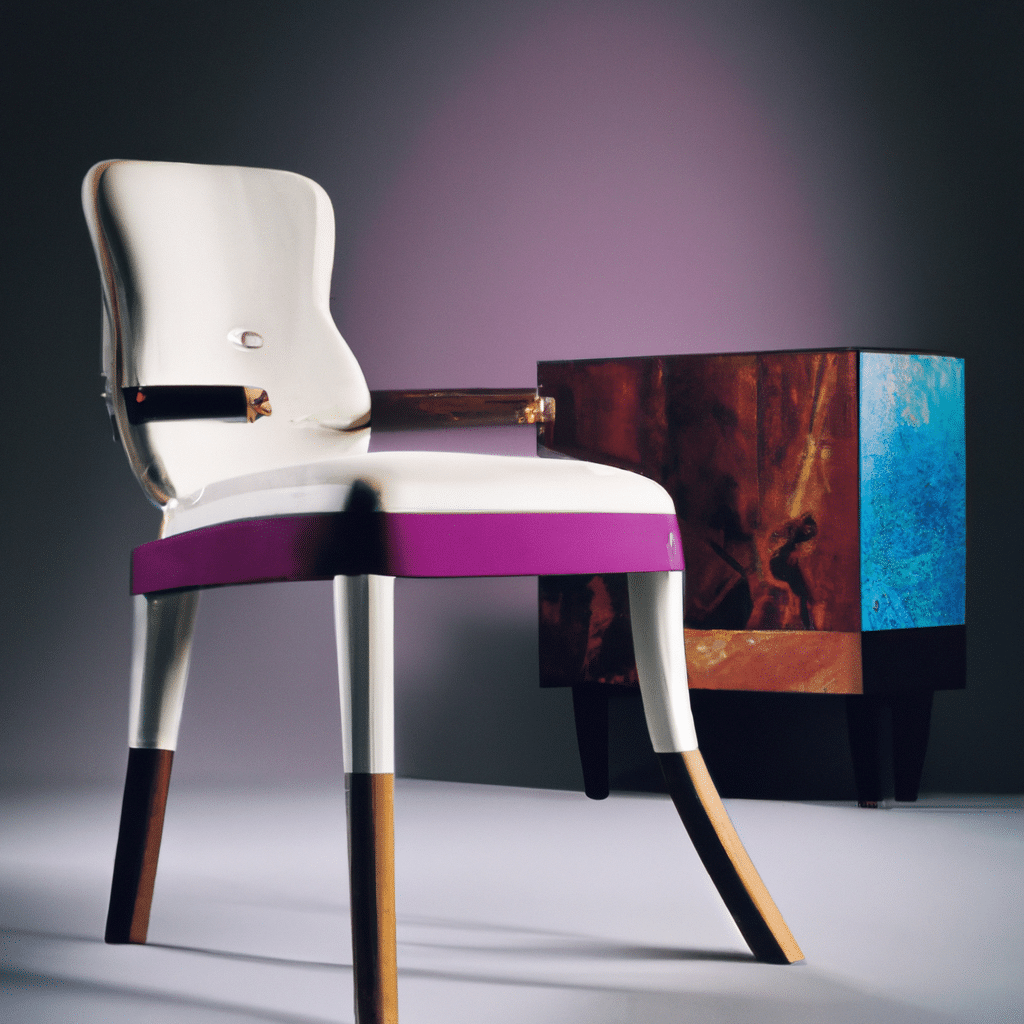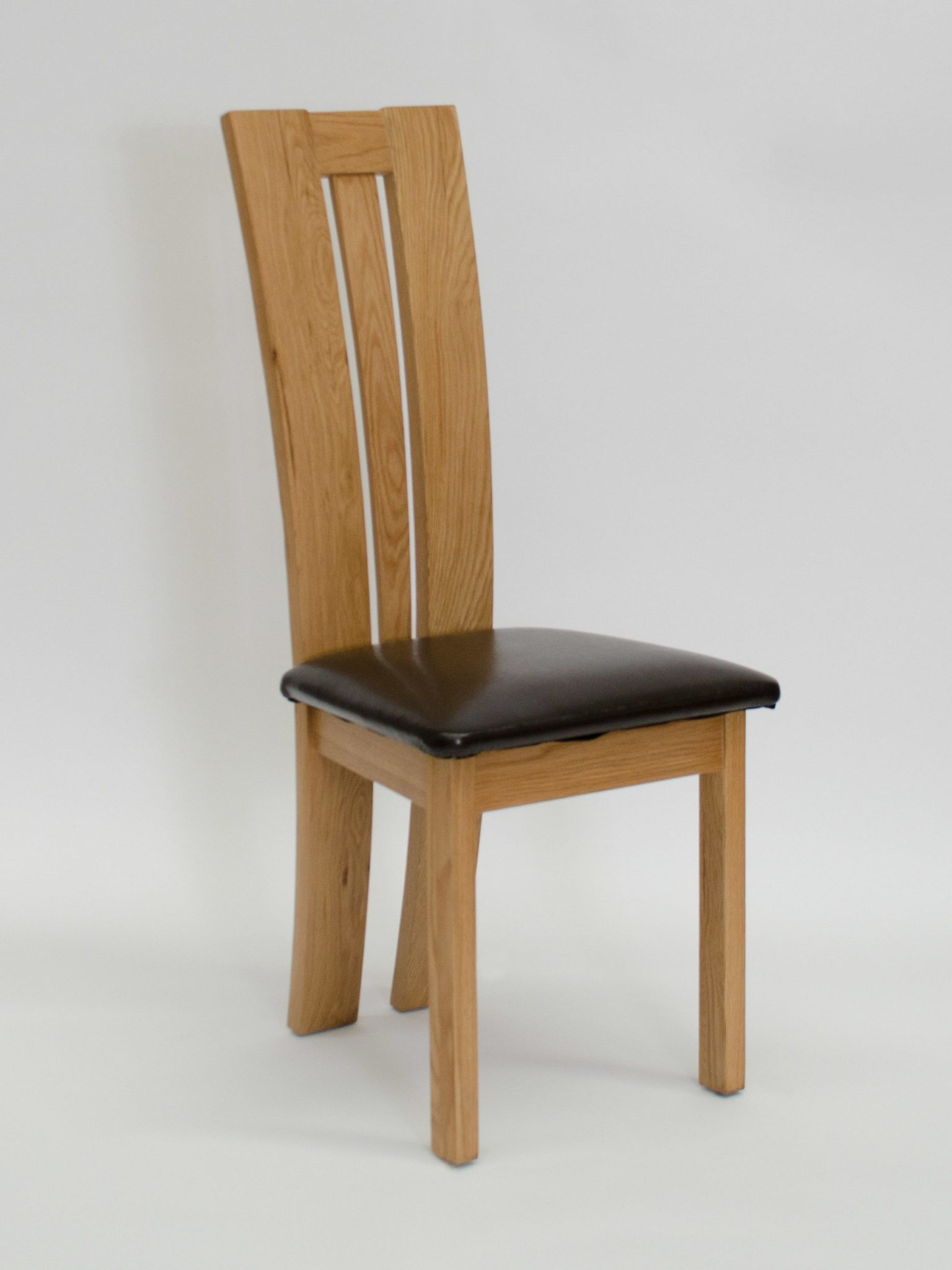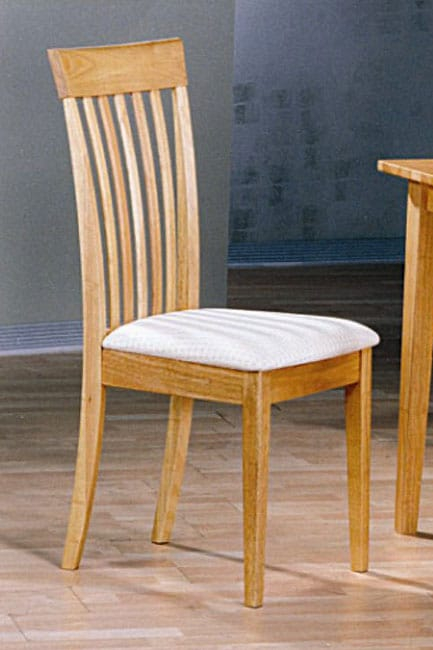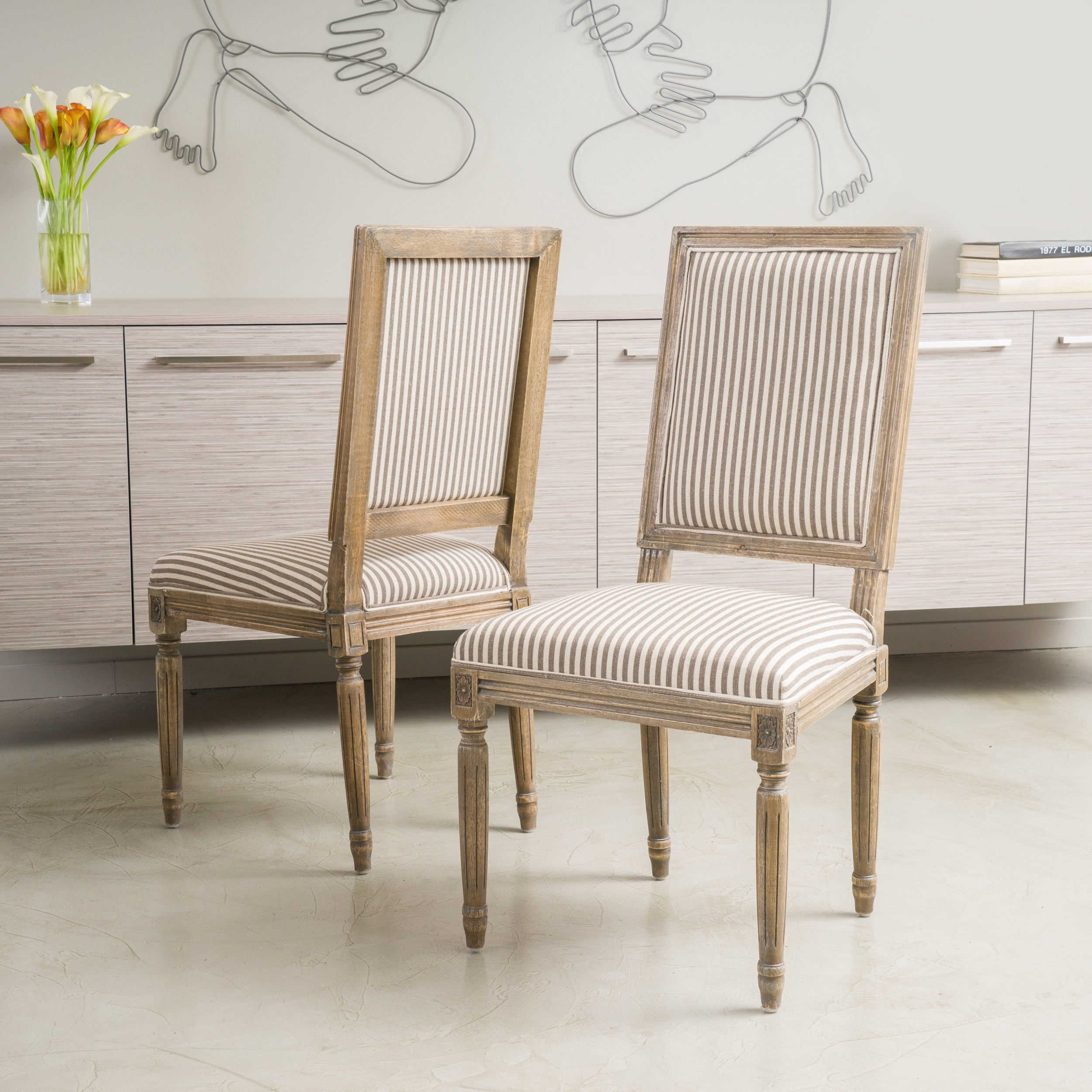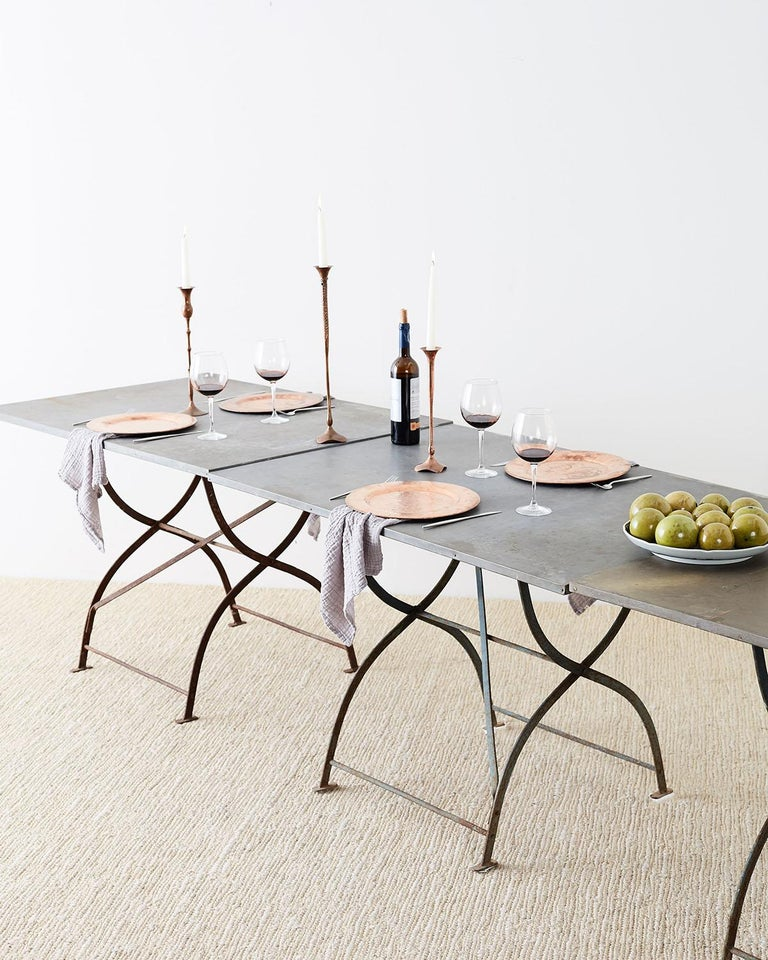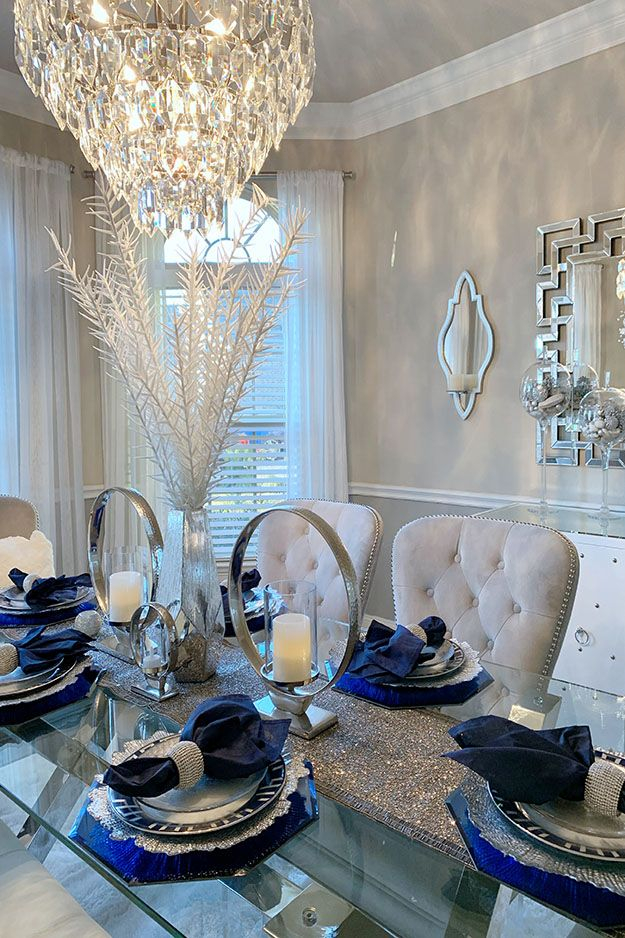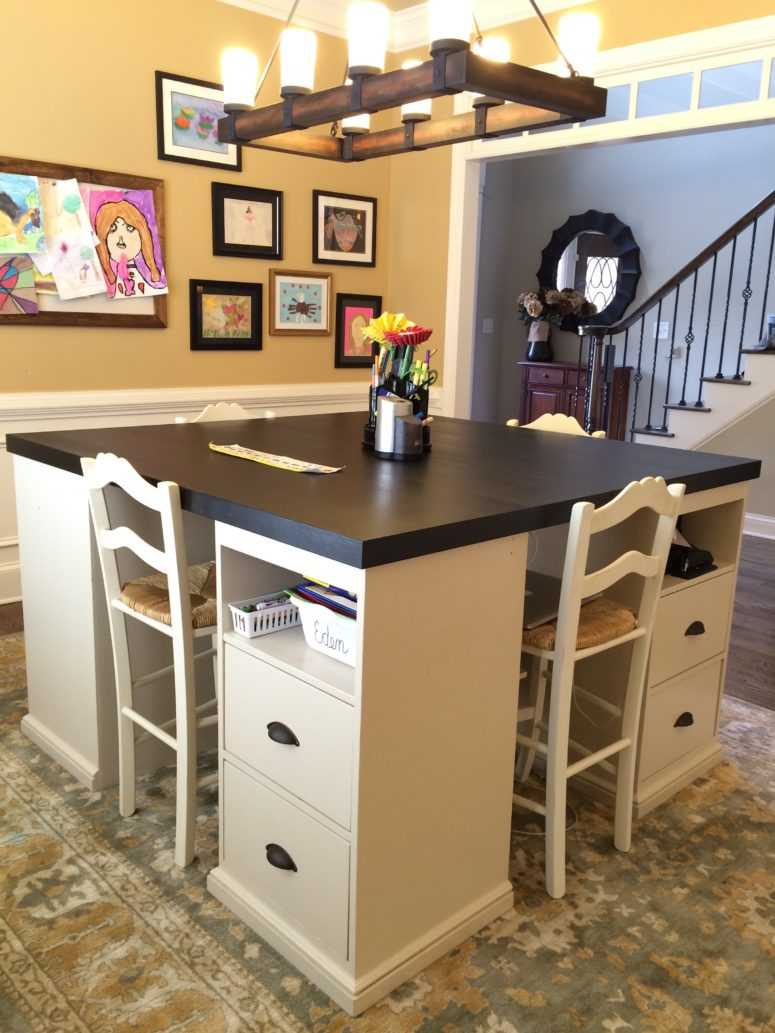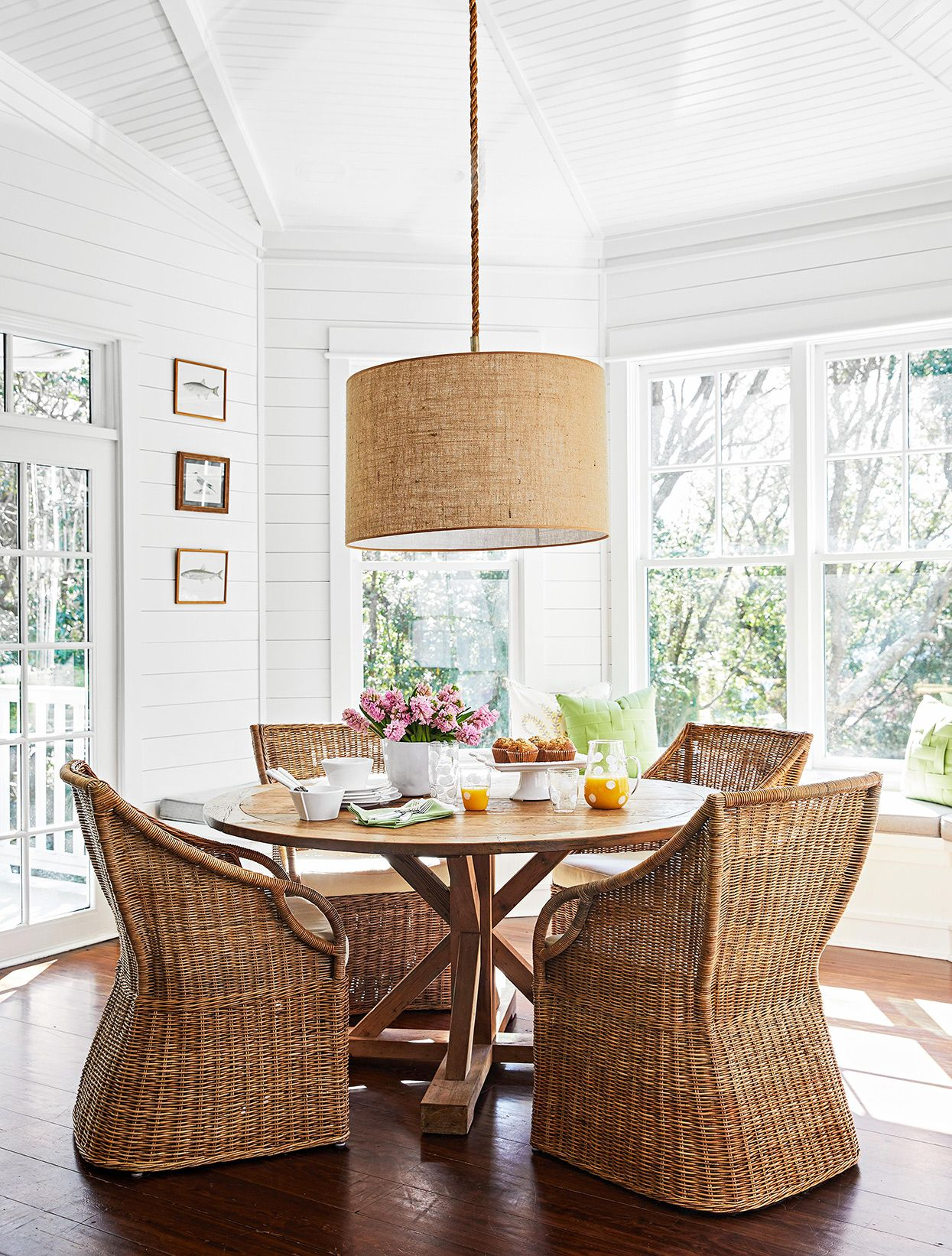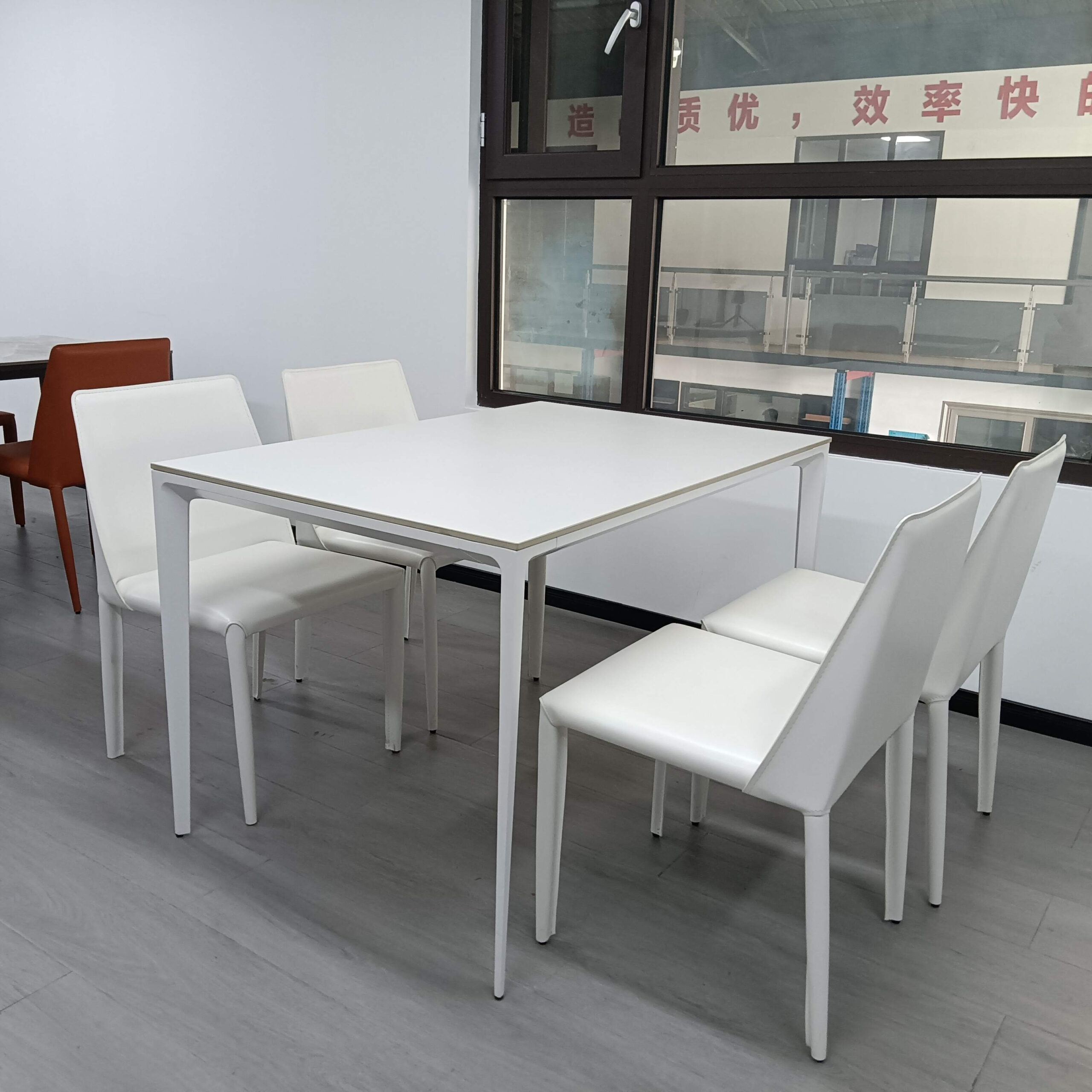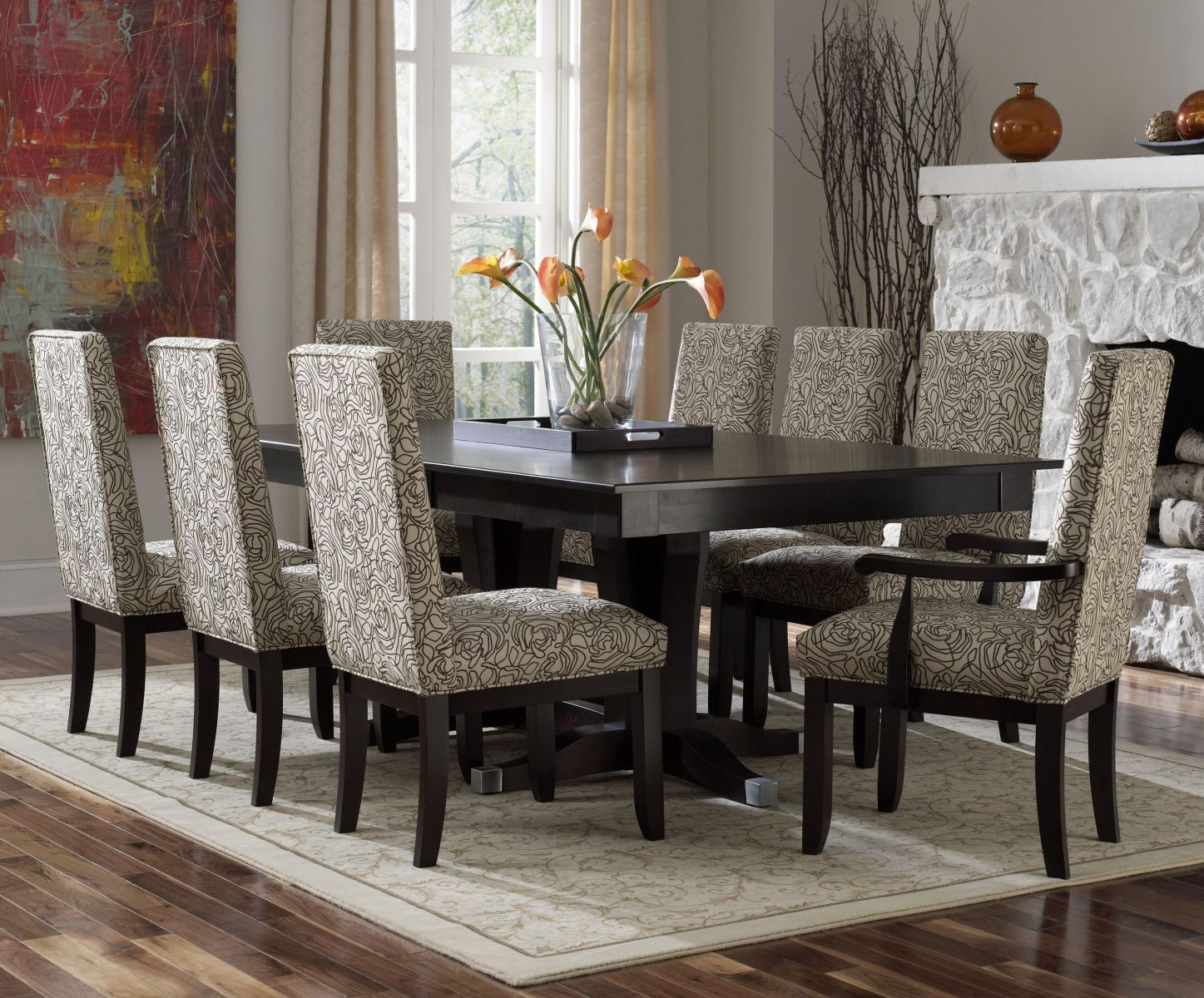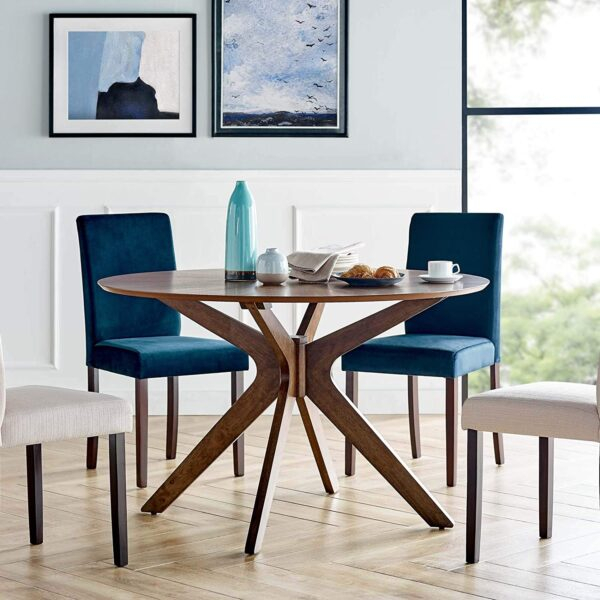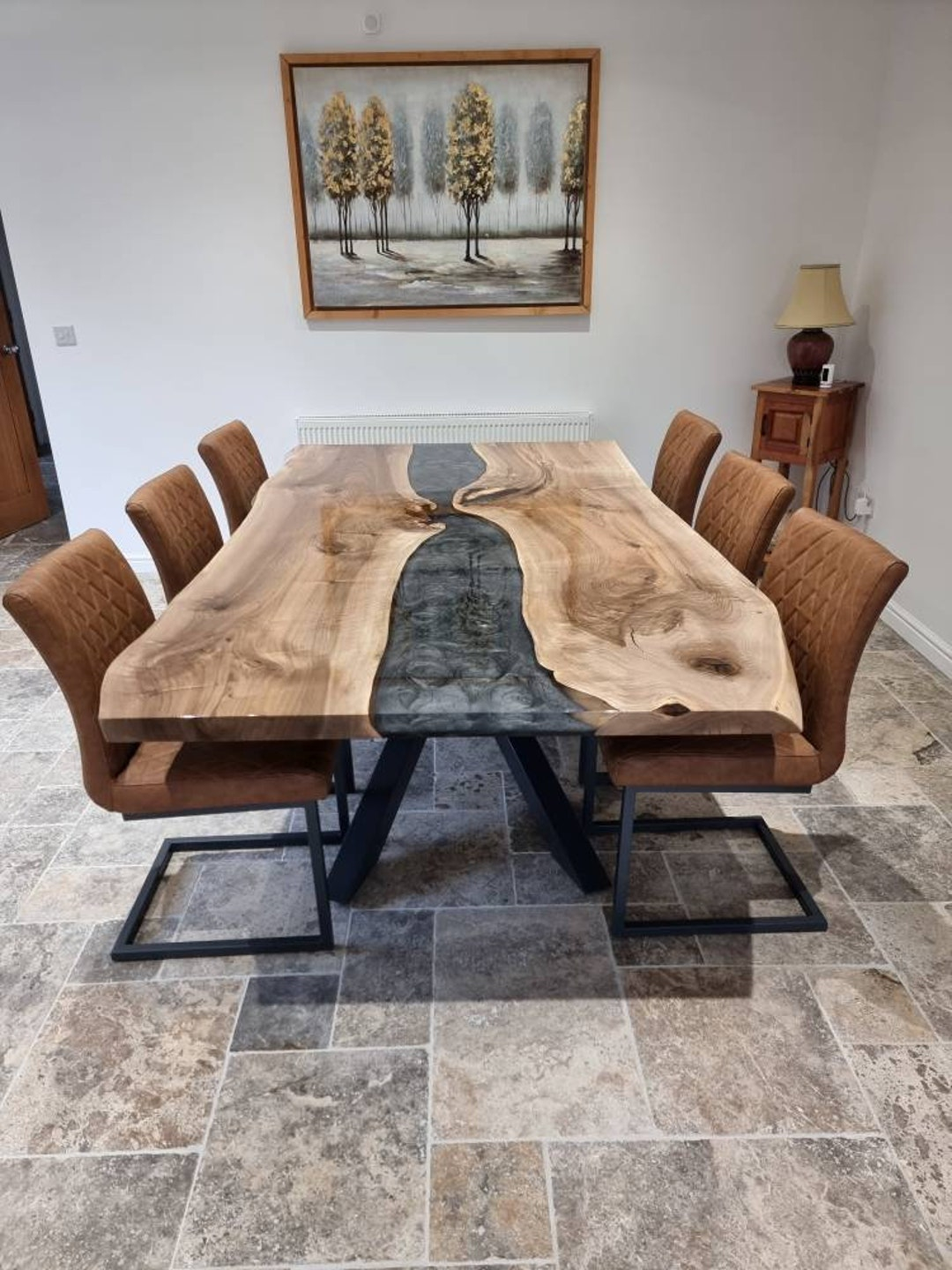We spend a lot of time at our dining tables, don’t we? Whether it’s sharing meals with loved ones, catching up on work, or simply enjoying a quiet moment with a cup of tea, the chairs we sit in play a huge role in our comfort. But beyond the initial cushioning and style, how do you pick chairs that will actually hold up year after year? It’s a question many of us ponder when faced with the sheer variety of options. Let’s dive into what really makes a dining chair a worthwhile, long-term companion for your home.
Choosing dining chairs can feel a bit like a treasure hunt. You see them, you sit in them, and hopefully, they feel just right. But the true test of a dining chair isn’t just how it feels on day one; it’s how it continues to perform, day in and day out, for years to come. Think about it – these chairs are subjected to regular use, spills, and maybe even the occasional enthusiastic guest. Investing in quality means avoiding the frustration of wobbly legs or worn-out upholstery down the line. So, what are the tell-tale signs of a well-constructed, durable dining chair that will truly be an investment in your comfort?
The Foundation: Frame Material and Construction
The heart of any sturdy chair is its frame. When you’re assessing durability, pay close attention to what the frame is made of and how it’s put together. Solid wood is often a top choice for longevity, but not all wood is created equal. Hardwoods like oak, maple, or walnut are generally more robust than softer woods like pine. Look for chairs where the joints are well-fitted and secured. Are they glued and screwed, or just stapled? Dovetail or mortise-and-tenon joints are signs of superior craftsmanship, indicating a frame that’s less likely to loosen or break over time. Even with metal frames, check for solid welds and a good finish that won’t easily chip or rust. A wobbly chair is an uncomfortable chair, and a poorly constructed frame is the usual culprit. Give it a gentle shake; it should feel solid and stable, not rickety.
Upholstery Matters: Fabric, Leather, and Durability
The covering of your dining chair is just as critical for lasting comfort and appearance. For fabrics, consider their durability rating, often referred to as ‘rub counts’ or ‘Martindale’ scores. Higher numbers generally mean greater resistance to wear and tear. Natural fibers like cotton can be comfortable but may stain and fade more easily. Blends, such as cotton-polyester or linen-polyester, often offer a good balance of comfort and resilience. For high-traffic areas, look for performance fabrics that are stain-resistant and easy to clean – think Crypton or Sunbrella. Leather is another classic choice. Full-grain or top-grain leather is more durable and develops a beautiful patina over time, whereas bonded leather tends to peel and wear out much faster. Inspect the stitching; it should be even and strong, with no loose threads. And don’t forget the cushioning – is it firm enough to offer support without being rock-hard, and will it bounce back when you stand up?
The Seat and Back: Ergonomics and Support
Comfort isn’t just about the softness of the cushion; it’s also about how the chair supports your body. A good dining chair will have a seat that’s wide enough for comfortable seating and at a height that allows your feet to rest flat on the floor when your elbows are at table height. The backrest should offer adequate lumbar support and be angled slightly for a relaxed posture. Some chairs have contoured backs or added lumbar cushions, which can significantly enhance comfort, especially for longer periods of sitting. Consider the density of the foam used in the cushioning. High-density foam will retain its shape and support much better than low-density foam, which can compress and flatten quickly. Test the chair by sitting in it for a few minutes – does it feel supportive? Are there any pressure points? These details make a big difference in the long run.
Legs and Stability: The Unsung Heroes
Those chair legs might seem straightforward, but their design and attachment are vital for stability and longevity. Legs should be evenly spaced and securely attached to the frame. If the legs taper, ensure they do so smoothly and don’t look or feel flimsy. For chairs with four legs, check that they all touch the ground evenly. If the chair rocks or feels unstable when you shift your weight, that’s a red flag. Some chairs have stretchers – those crossbars connecting the legs. These add significant structural integrity and prevent the legs from splaying outwards. The material of the legs should also match the overall quality of the chair; solid wood legs are generally preferable to hollow or thin metal ones unless the metal is of very high quality and thick gauge. A well-balanced chair is a safe chair and a comfortable chair.
Finishes and Details: The Mark of Quality
It’s often the small details that separate a truly well-made chair from a mediocre one. Examine the finish on wooden chairs. It should be smooth, even, and free of drips or imperfections. A good quality lacquer or varnish not only looks good but also helps protect the wood from moisture and wear. For upholstered chairs, look at the piping and seams. They should be neat and consistent. Are there any staples showing? That’s usually a sign of lower quality construction. Even the hardware, like nailheads or decorative studs, should be evenly placed and securely attached. These finishing touches aren’t just for aesthetics; they reflect the care and attention to detail that went into the chair’s overall construction, hinting at its potential for durability.
Testing and Maintenance: Ensuring Long-Term Satisfaction
Before you buy, don’t be shy about putting a chair through its paces. Sit down, lean back, shift your weight. Does it feel solid? If possible, try to see how the chairs are assembled. Many reputable manufacturers will provide information about their construction methods. Once you’ve made your purchase, proper care will extend the life of your chairs. Regularly dust wooden frames, vacuum upholstered seats, and address spills immediately according to the fabric or leather care instructions. For chairs with screws or bolts, a quick check and tighten every so often can prevent loosening and maintain stability. By understanding what makes a chair durable and committing to a little bit of upkeep, you ensure your dining chairs remain a source of comfort and style for many years.
So, when you’re out shopping for dining chairs, remember to look beyond the immediate appeal. Focus on the underlying construction, the quality of the materials, and the thoughtful details. A well-built chair might cost a bit more upfront, but its longevity, comfort, and enduring style will make it a valuable and satisfying addition to your home. By knowing what to look for, you can confidently choose dining chairs that you’ll be happy to sit in, meal after meal, year after year. It’s truly an investment in your everyday comfort and the ambiance of your dining space.

